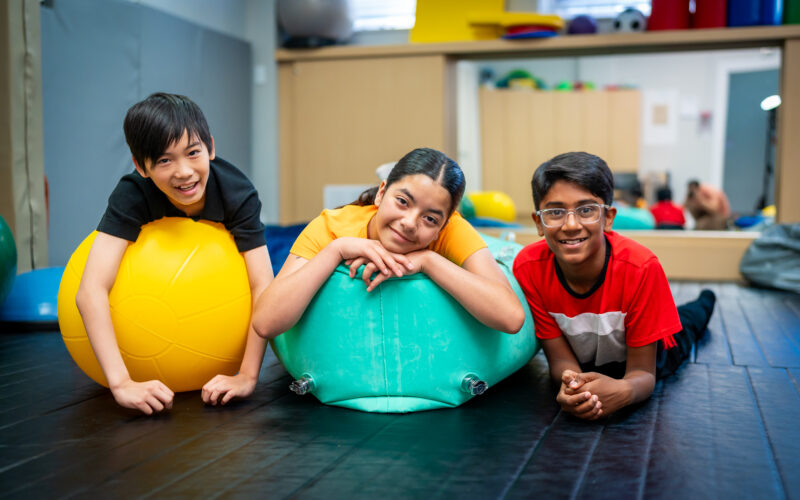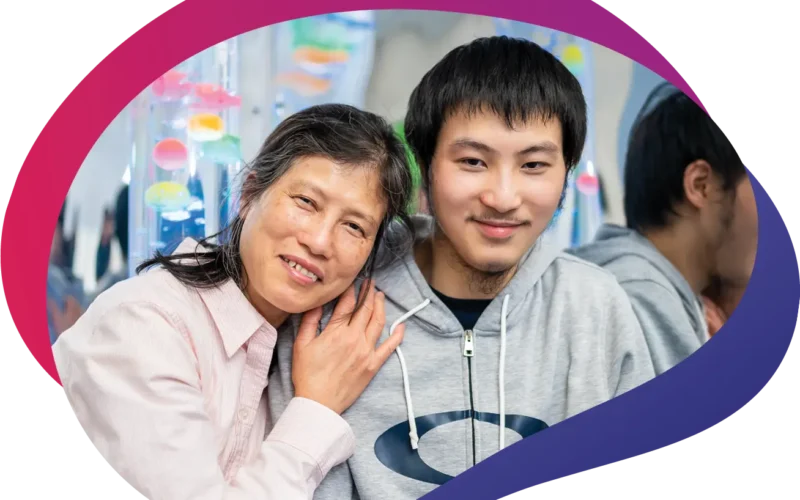September is Fetal Alcohol Spectrum Disorder (FASD) Awareness Month and for the first time ever, Surrey Place and our Classroom Celebrating Neurodiversity held a FASD Gathering and Walk-a-Thon. On Sunday, September 8, community members, students from The Classroom Celebrating Neurodiversity and Surrey Place staff came together to increase awareness and advocate for FASD social justice.

What is FASD?
FASD is a neurodivergence which may occur when there is alcohol consumption during pregnancy. No two people with FASD are the same and individuals can have various skills, talents but also challenges. Though FASD has the highest prevalence rate compared to other neurodiversities, even if we combine Autism, Down Syndrome and Intellectual Disability, this diagnosis receives the least amount of government funding and supportive services.
Individuals with FASD can experience a combination of challenges, such as focus and attention, regulation, processing, memory, planning and organizing, sensory, life skills and physical body issues. Without support and inclusive environments these challenges can lead to difficulties in socials settings, receiving services, navigating community safely, healthy relationships with family and peers and mental health.
Why do we gather for FASD?
The increasing need for social and government support is what inspired the community to come out for FASD awareness. Stigma and lack of awareness around FASD are causing significant social inequities and a lack of opportunities for equal participation. This results in broad discrimination and higher risk to vulnerabilities.
Individuals with FASD deserve access to equal rights. This requires better awareness, education, consultation, and inclusion of those with FASD.
The event was kicked off by Surrey Place’s CEO, Terri Hewitt who introduced Pete Keshane, Traditional Healer, to lead the group in a traditional land-welcoming.
Speakers and FASD advocates, such as Myles Himmelreich, RJ Formanek, and Maggie May, shared their personal journey with FASD and inspired many on the value of uniting to advocate for the community. Below we share more about our speakers:
- Myles is a local, national and international trainer on living with a disability, FASD in the legal system, as well as the school system. He is a system changer and advocate with a passion for creating inclusion for community members.
- Maggie is an adult who was born with FASD from Ireland. Maggie speaks internationally about the effects and impact it has had on her life. She provides advice for those living and working with FASD and supports others with FASD.
- Having not received an FASD diagnosis until his late forties, RJ was startled to find how many of the strategies he had used throughout life were a result of FASD. RJ speaks widely, advocating for people living on the spectrum.
Thank you to our speakers, one of the most important ways to raise awareness for FASD is to hear directly from people with living experience.
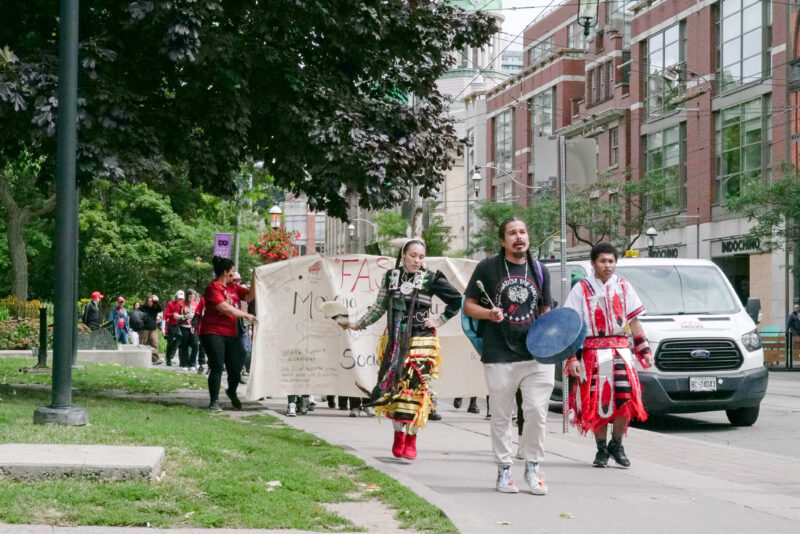
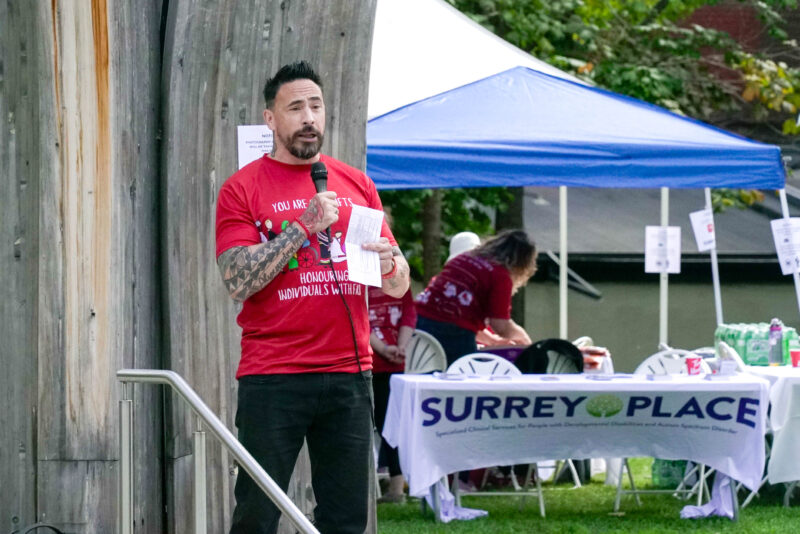
Attendees were also able to take part in activities like face painting, button and poster making and had a chance to learn more information about The Classroom Celebrating Neurodiversity and Surrey Place. Indigenous Dancers and Drummers, and a student from the Classroom Celebrating Neurodiversity, kicked off the walk from St. James Park to the Toronto Courthouse. At the Courthouse, a banner was displayed to reflect the message about moving forward for FASD social justice.
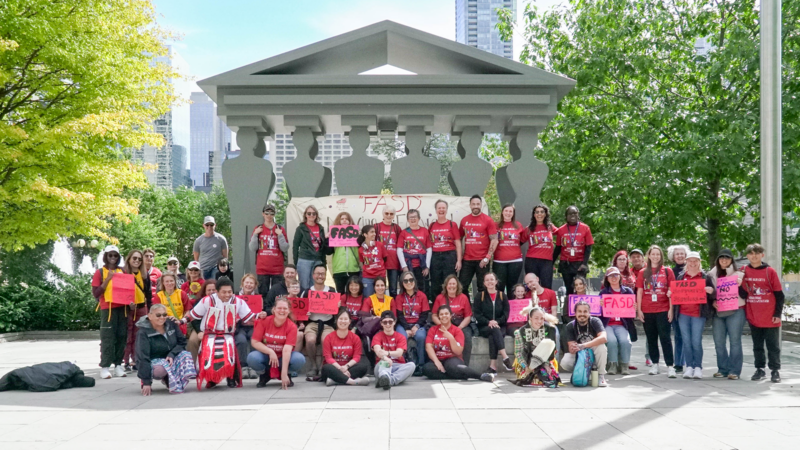
Continuing to advocate for FASD awareness, education and social justice is important to ensure better inclusion for all.
At Surrey Place, we offer a multitude of FASD Services including diagnostic and service coordination. You can learn more about our services here.
We want to thank our project sponsors, SickKids Lotus Health Clinic and Red Shoes Rock, as well as our sponsors, the Ontario Brain Institute, Health Nexus and Pantree.
We want to say thank you to the FASD planning committee for all their work in the event: Lisa Cohen, Amanda Friedman, Courtney Farrow-Lawrence, Defne Inceoglu, Ann Lindsay, Eric Marier, Vathanan Jegatheesan, and Laura Davidson.

